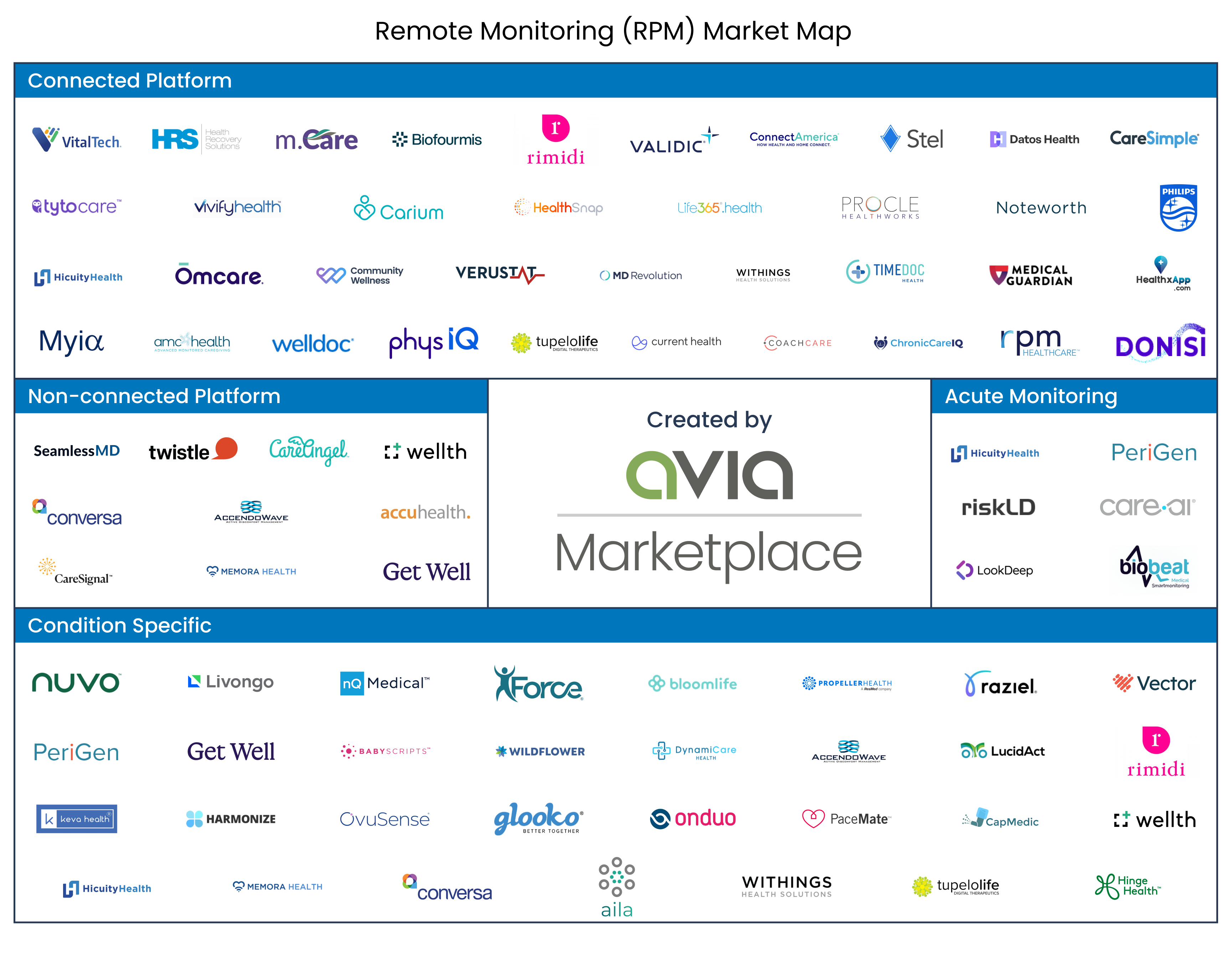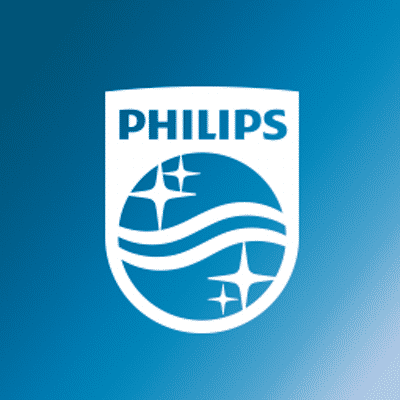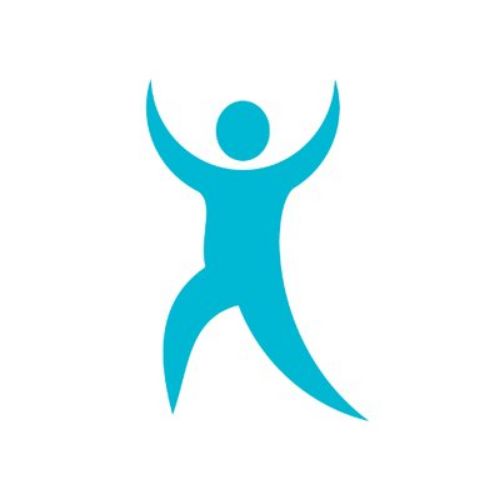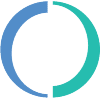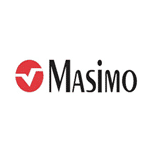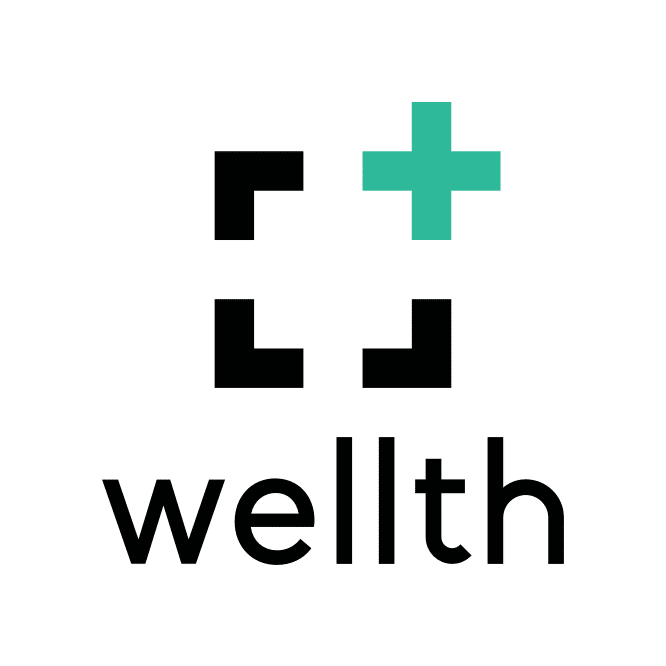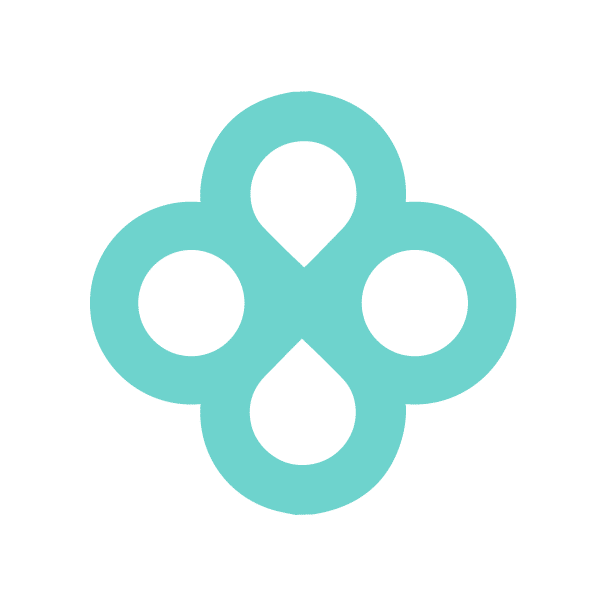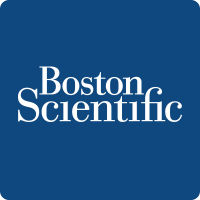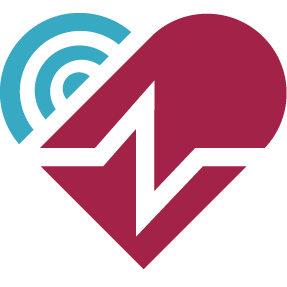Medical Guardian offers a comprehensive suite of remote patient monitoring (RPM) and engagement services designed to enhance connectivity between healthcare teams and patients. Our solutions manage costs, reduce hospitalizations, expand access to care, and improve clinical outcomes with cost-effective, flexible, and customizable RPM programs.
Our RPM Solutions Include:
RPM Tablet: Intuitive and user-friendly interface; integrates with Bluetooth peripherals for vital signs tracking; seamless data transmission to the LifeStream portal; video conferencing and bidirectional messaging; daily medication and vital signs reminders; customizable settings; optional Personal Emergency Response System (PERS) with fall detection.
RPM Mobile App: Bring-your-own-device (BYOD) solution; supports Bluetooth peripherals for vital signs monitoring; direct data transmission to the LifeStream portal; video conferencing and messaging; daily alerts for medication and readings.
Vital Signs Peripherals: Includes digital scales (standard and bariatric), blood pressure monitors (medium and large cuffs), pulse oximeters, glucometers, thermometers, peak flow meters, and spirometers.
LifeStream Clinical Dashboard and Advanced Reporting Tool: Offers comprehensive capabilities for enhanced patient care and program management. It provides 24/7 remote patient monitoring, enabling continuous oversight of patient health data. The platform supports video conferencing for real-time consultations and facilitates seamless data organization and analysis. It also features robust program evaluation tools, ensuring that healthcare initiatives are effectively assessed and optimized. Additionally, the LifeStream Dashboard integrates smoothly with major EHR and EMR systems such as Epic and Cerner, streamlining workflows and enhancing overall operational efficiency..
Additional Services Include:
Clinical Consulting and Training: Provides essential knowledge and tools for successful RPM program implementation and optimization through on-site or online sessions.
Logistics Management: Comprehensive management including direct shipping, equipment setup, patient enrollment, and ongoing support. We offer:
- Flexible service options and cost models.
- Enhanced tracking and notifications.
- Convenient access to warehousing and refurbishment services.
- HIPAA compliance and proprietary equipment.
- Comprehensive reverse logistics and support.
Call Center Monitoring and Alert Management: Certified professionals monitor biometric data and respond according to evidence-based protocols.
Education and Coaching: Personalized health education to support long-term behavior change.
Free RPM Program Assessment: Tracks outcomes and assesses patient satisfaction to evaluate program effectiveness.
Medical Guardian ensures a streamlined RPM program, from logistics to patient care, allowing you to focus on delivering high-quality healthcare.
